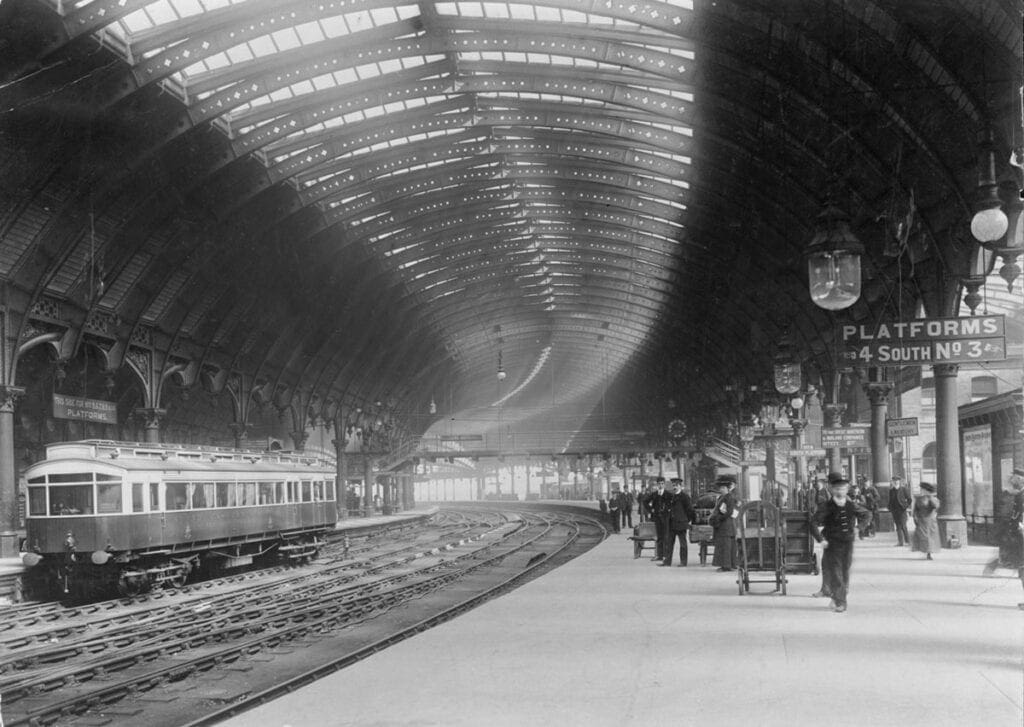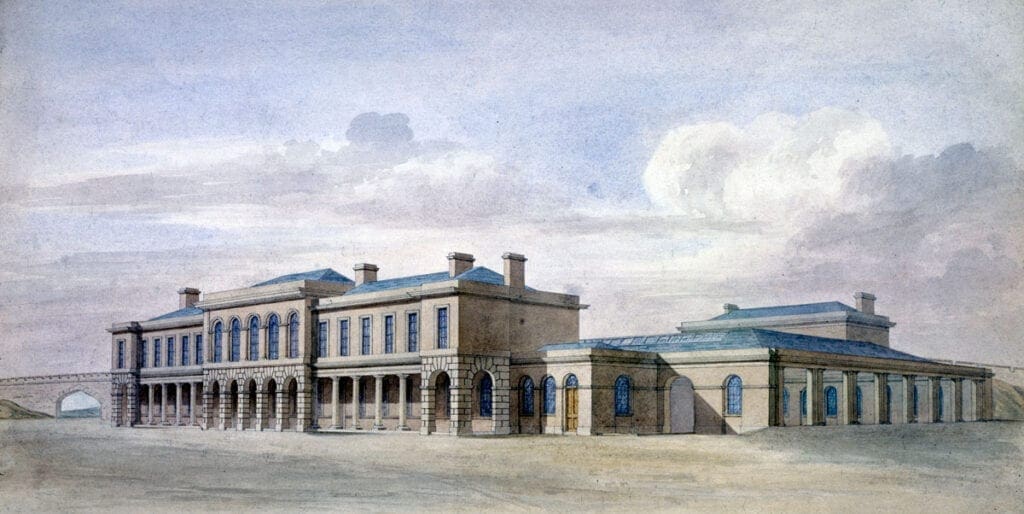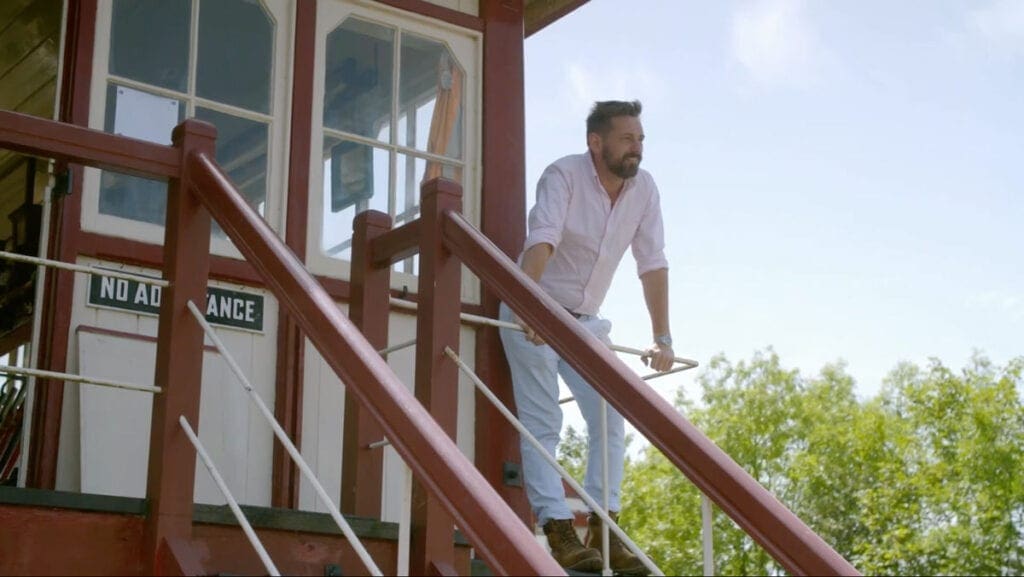
The latest episode of a new television series, The Architecture The Railways Built, examines York railway station and its amazing history that helped to change the face of the city forever.
At one time, the biggest station in the world, the programme reveals that the station that serves York today is in fact, not the city’s original railway station. With the helpful insight of the National Railway Museum’s Head Curator, Andrew McLean, viewers are informed that an original stone station was first built in 1841 on the site of what is now the City of York Council Headquarters. However, architectural details are still evident on the building, and in the surrounding area, including on the historic city walls.

The York station that passengers are now familiar with was built in 1877, just 36 years after the original. It was at the time an architectural marvel and, with 13 platforms, the largest in the world. Dr Emma Wells, an Architectural Historian from the University of York, describes the impressive station roof as a “cast iron cathedral”.
Andrew McLean Head Curator at the National Railway Museum, in York, said: “Thanks to George Hudson, York was at the very centre of Britain’s railway system and it remains an important railway city to this day. York station has a fascinating history and played an important role in the development of the railways across the UK. It was a real pleasure to turn the spotlight on our home city for this series.”

Dr Emma Wells from the University of York’s Centre for Life Long Learning said: “It was a true pleasure to unravel the intricate web of both beauty and engineering which surrounds the architecture of York station. Everywhere you look, from down to the tracks and up to the roof, every inch of its design is ingrained with signs, symbols and meanings integral to York, and indeed Yorkshire’s, rich past—most of which will be entirely unknown to the everyday commuter. It teaches us all to look a bit closer.”
The Architecture The Railways Built presenter, Tim Dunn says: “No matter where you are in the UK, this is a great way to experience York’s rich railway history, even if you can’t travel right now. I visit York regularly to experience the rich history of the railways that are in the area – including the National Railway Museum – who were incredibly helpful to us in filming this series for Yesterday. We hope everyone enjoys the episode and can see what an important role York has had to play in the history of the railways.”

Also, in the episode, Tim visits the stunning Ribblehead Viaduct in North Yorkshire – part of the historic Settle-Carlisle Railway. Here he takes part in the restoration of the Midland Railway’s station at Settle and visits an original signal box.
The episode of The Architecture The Railways Built can be seen on Tuesday 19 May at 8pm on Yesterday or on catch-up via UKTV Play. Presenter Tim Dunn will be online to answer viewer questions during the broadcast.


